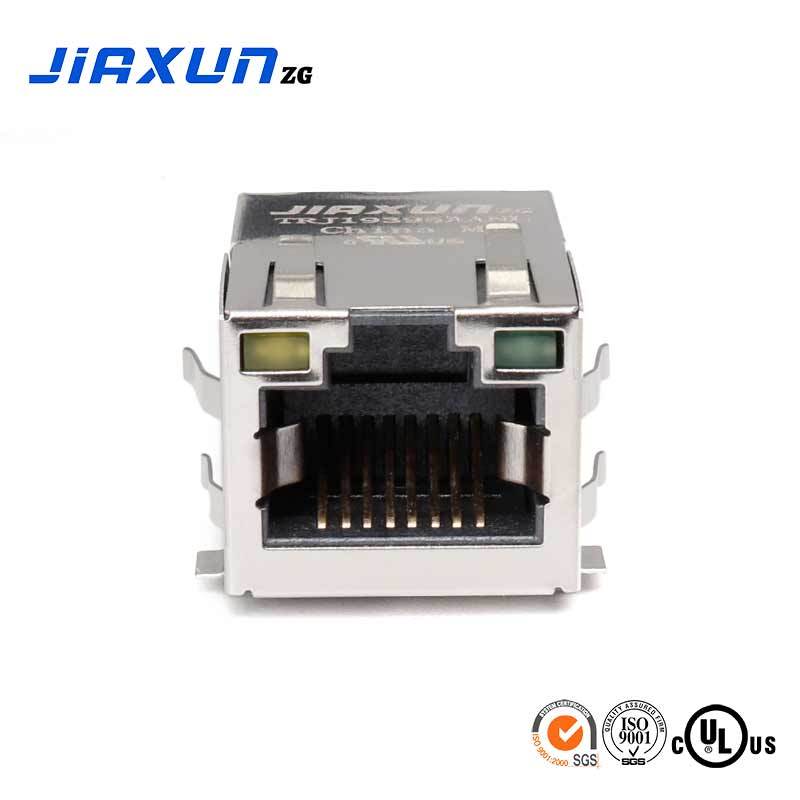19
2024
-
12
PLC in the intelligent manufacturing system how to achieve fault prediction and diagnosis?
Author:
PLC in the intelligent manufacturing system to achieve fault prediction and diagnosis of the way mainly includes the following aspects:
1. Real-time monitoring and data collection: PLC is able to monitor various parameters on the production line in real time, such as temperature, pressure, speed, etc., and collect data through sensors. These data can be used to adjust the production process in real time to ensure the optimization of product quality and productivity.
2. Implementation of fault diagnosis function: PLC system usually has the ability of self-diagnosis, and can monitor the status of its modules and peripheral devices, such as input and output modules, power supply modules and so on. When an abnormality is detected, the PLC can record the fault information and warn the maintenance personnel through the indicator light or communication interface.
3. Utilizing the diagnostic buffer: The PLC's diagnostic buffer records system events such as mode changes, hardware errors and diagnostic error interrupts. By analyzing these recorded events, it is possible to identify the pattern and cause of faults.
4. Ring buffer mechanism: PLCs use the FIFO (first in first out) principle to manage diagnostic buffer entries, ensuring that the latest events are always logged, which is vital for post-mortem analysis and fault prediction.
5. Software support: Modern PLCs are often equipped with dedicated software tools, which can be used to access and analyse diagnostic information, helping maintenance staff with fault diagnosis and prediction.
6. Regular diagnostics: By performing diagnostic procedures on a regular basis, problems can be identified and solved early to avoid unplanned downtime and maintain optimal system performance.
7. Avoid Common Errors: Take care to avoid common problems such as incorrect scan cycle times and programming errors, which can cause the PLC to enter an incorrect state or generate a fault.
8. Optimize system response: Use diagnostic tools to monitor and optimize the dynamic response of the system to ensure that the PLC system is able to respond in a timely manner to changes in the production process.
Through these methods, PLC can achieve effective fault prediction and diagnosis in intelligent manufacturing systems, thereby improving productivity and product quality, reducing downtime, and lowering maintenance costs.
Previous Page
Next Page
Previous Page
Next Page
09
2025-09
How to Choose the Right Industrial-Grade RJ45 Connector? Selection Guide and Precautions
09
2025-09
RJ45 Connector Buying Guide: Why High-Quality Connectors Are the Key to Network Stability?
08
2025-09
5 Ways Integrated Magnetic RJ45 Connectors Simplify PCB Layout and Save Space
28
2025-08
Custom RJ45 Magnetic Connector: What You Need to Know About Protocol Adaptation & Size Customization
28
2025-08
Molex vs. Phoenix Contact vs. CUI: A Detailed Comparison of Magnetic RJ45 Connectors
26
2025-08
Sourcing RJ45 MagJack for IoT Devices: Why Chinese Manufacturers are a Popular Choice
26
2025-08
RJ45 MagJack vs. Standard RJ45 Jack: Which One Do You Need?
Contact Us
Factory add: NO.54. Jinhu South Road, Chenjiang Town, Zhongkai Hi-tech Zone, Huicheng District, Huizhou city, China
Telephone:0752-2099791
Office add: B901-1, Silver Star Hi-Tech Building, No. 1301 Guanguang Road, Longhua District, Shenzhen, China
Website:www.jiaxunzg.cn
Telephone:0755-81752121
Fax: 0755-81752963
Mailbox:sales1@jiaxunzg.cn
Mailbox:sales2@jiaxunzg.cn
Mailbox:sales3@jiaxunzg.cn
Copyright © 2024 Jiaxun (Huizhou) Intelligent Technology Co., Ltd. Privacy Policy






